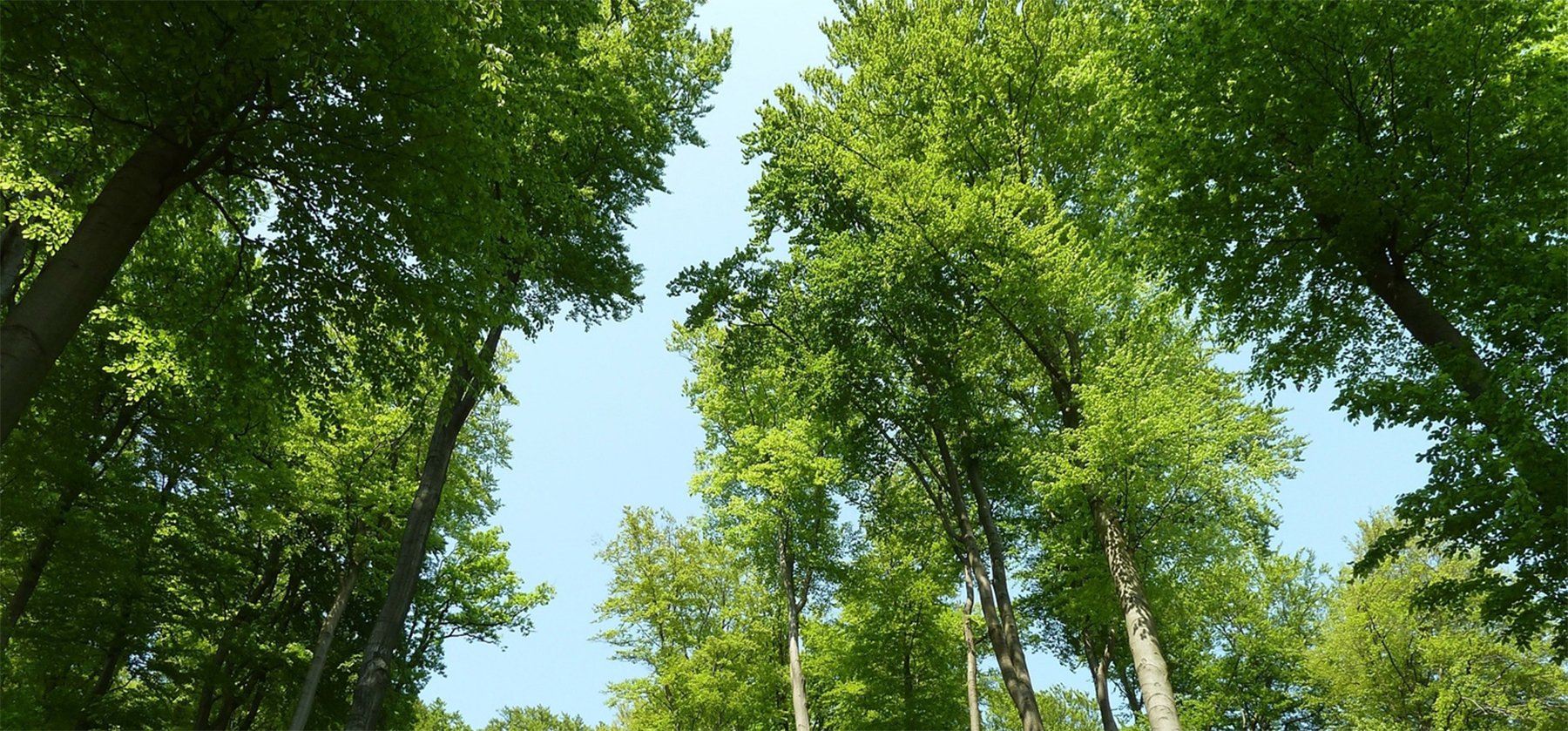
„From a tree to a chair”
Wood, like no other natural product, has been associated with humans for millennia to the present day.
Common Beech (Fagus sylvatica) – is a species of deciduous tree that is found in large numbers in Europe and Poland. The beech grows slowly, reaching a maximum height of even forty meters, with a trunk diameter of up to 1.5 meters. Beech wood is characterized by high hardness, durability and strength, it is susceptible to gluing, grinding, dyeing, varnishing and as one the few is plastic; therefore, it is ideal for bending. All these advantages decided that as much as 90% of our production is made of beech wood. Other species of trees that we use for the production of furniture are: oak, acacia, ash, walnut.
Cutting
Wood is a natural and renewable material. We buy it only from forests managed in a sustainable way. After each felling, foresters renew the area with a new, young tree stand.
As one the few in the business, we have our own automated sawmill, where we process timber ourselves into lumber in the process of technological wood sawing. The wood we process is used in 100%, and the waste is used to produce organic briquettes. Thanks to this, from the very beginning we are close to the wood, ensuring that at every stage of production this unique material is economically used and the furniture that is made of it could serve generations.
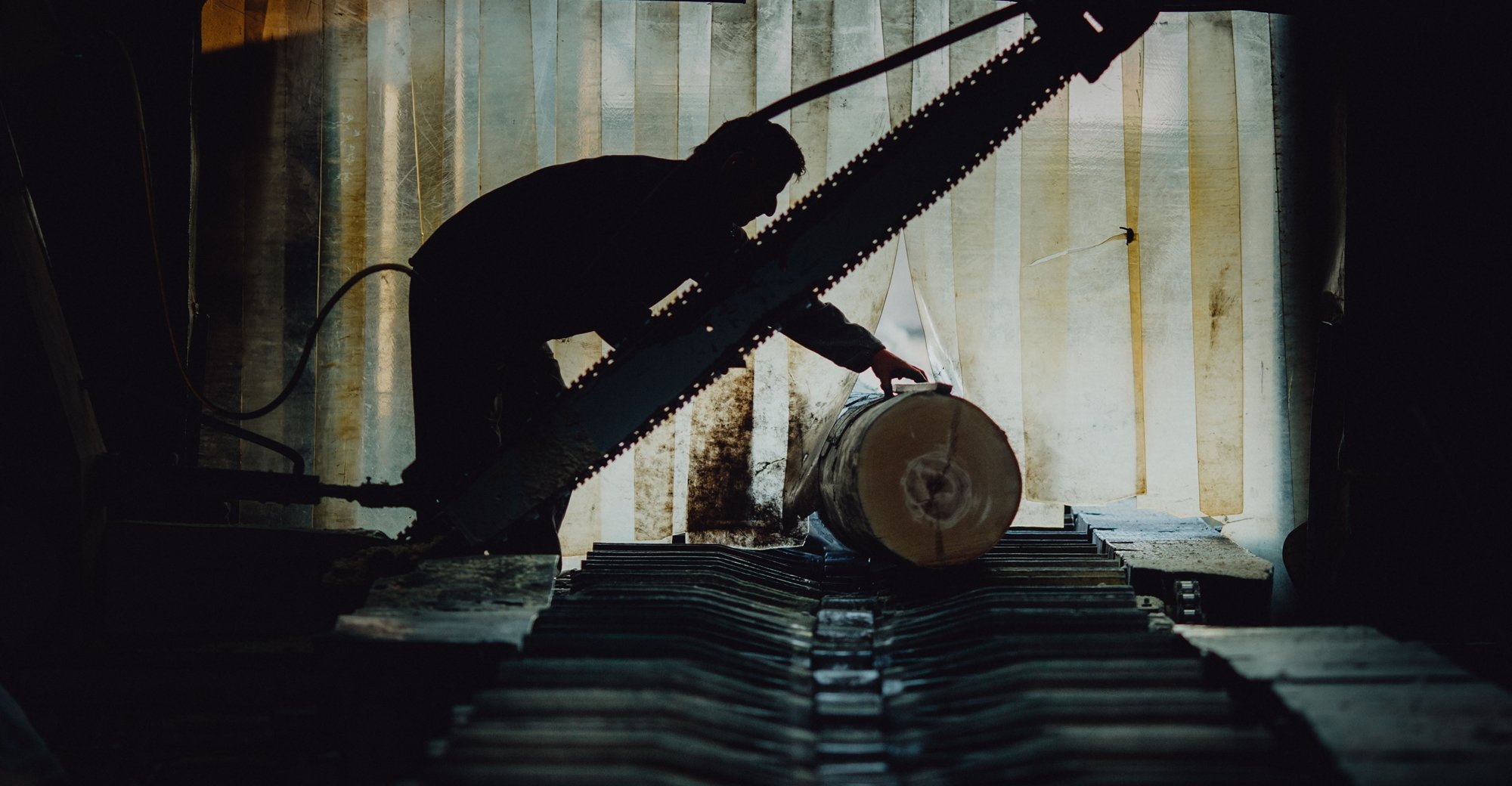
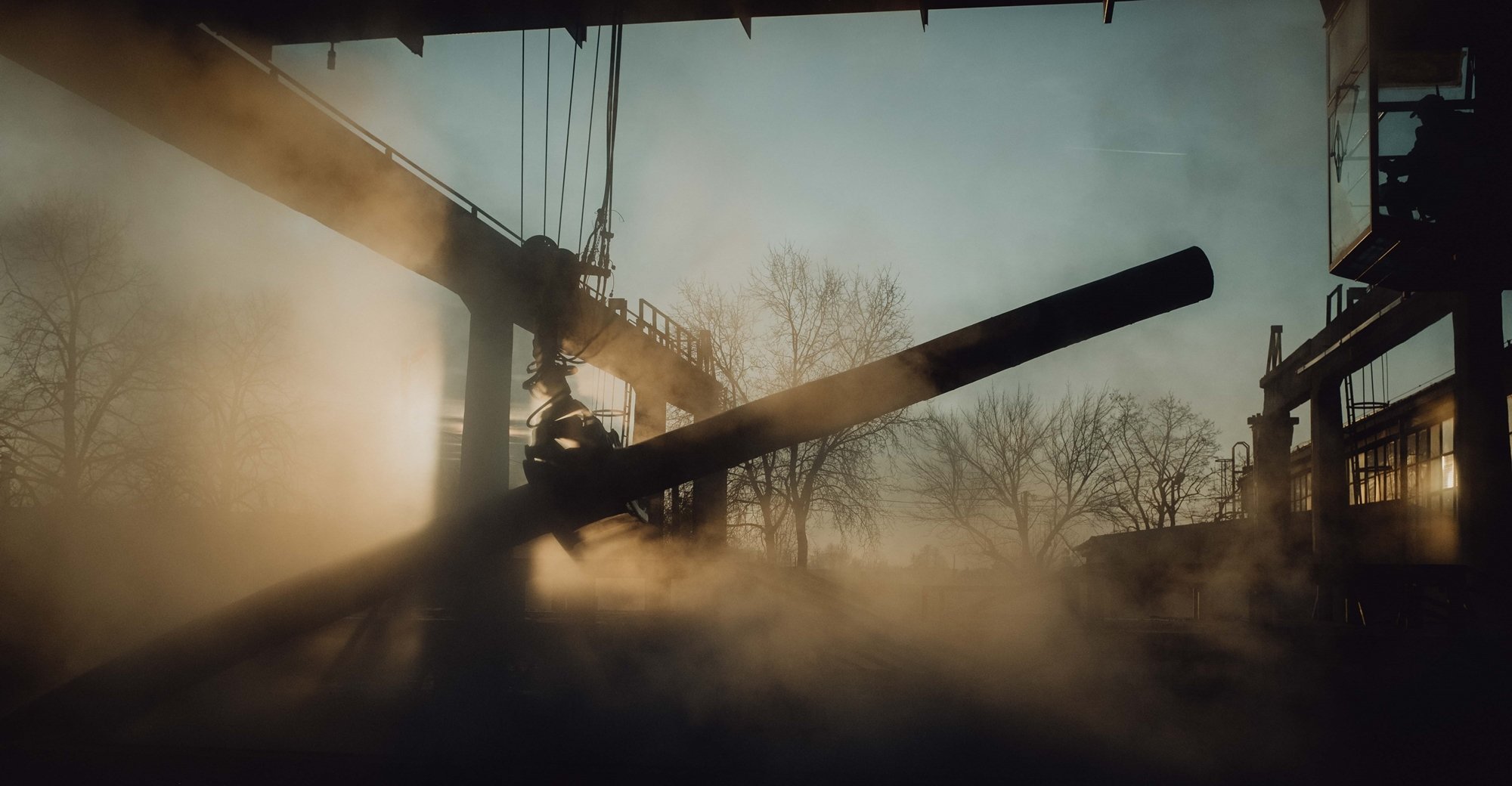
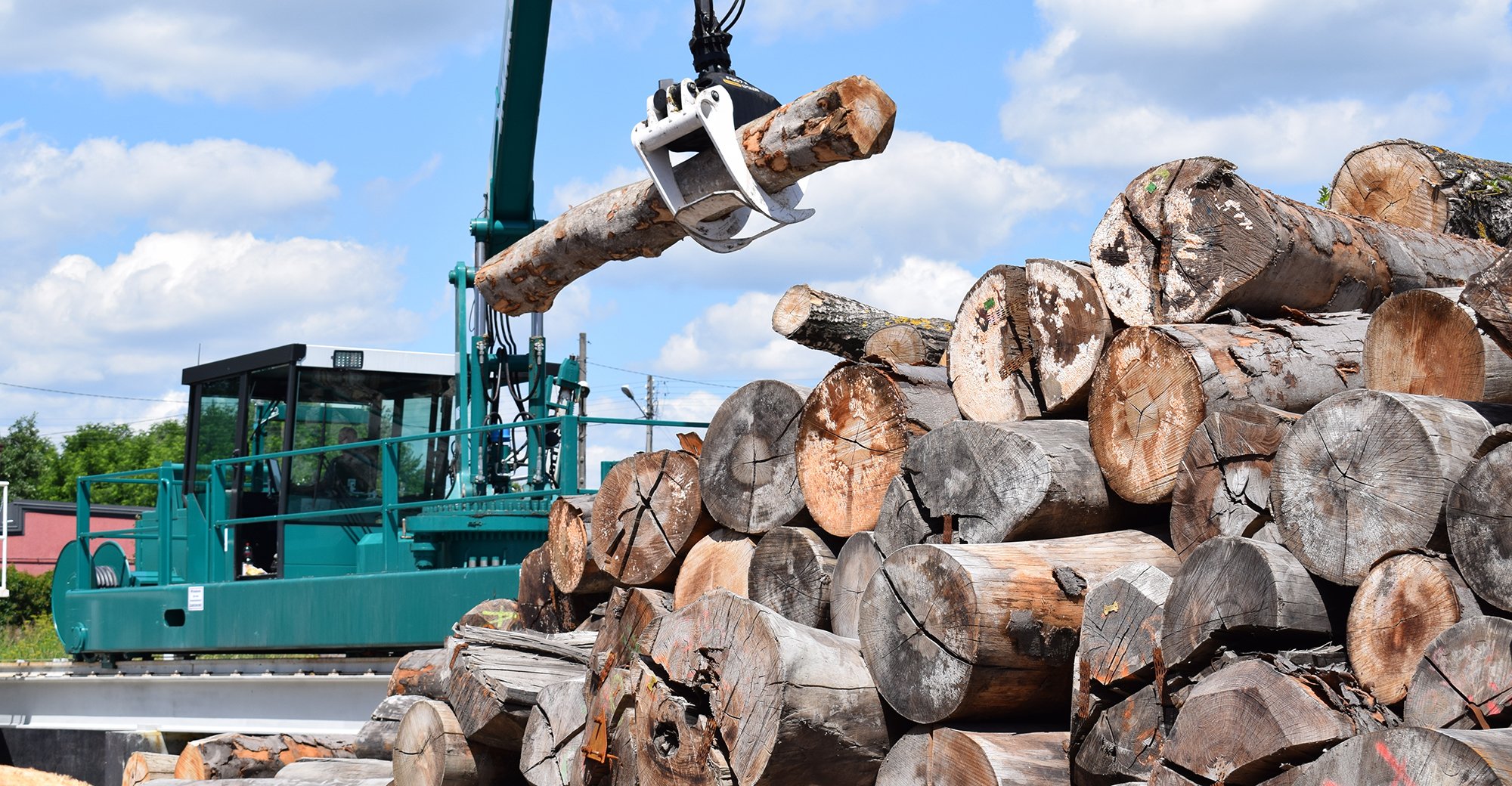

Production of Plywood
For the production of our furniture we also use elements made of glued and bent plywood. The process starts with plasticizing the logs for which we use the soaking tanks. Then, on special wood peeling machines we obtain veneer and dry it. Production of a plywood sheet requires application of glue to the veneer, putting them together in a package (the number of layers depends on the thickness of the moulded piece) and placing in appropriate presses that gives the intended shape. It is also where we create the embossed impressive motifs on the seats – they are called reliefs.

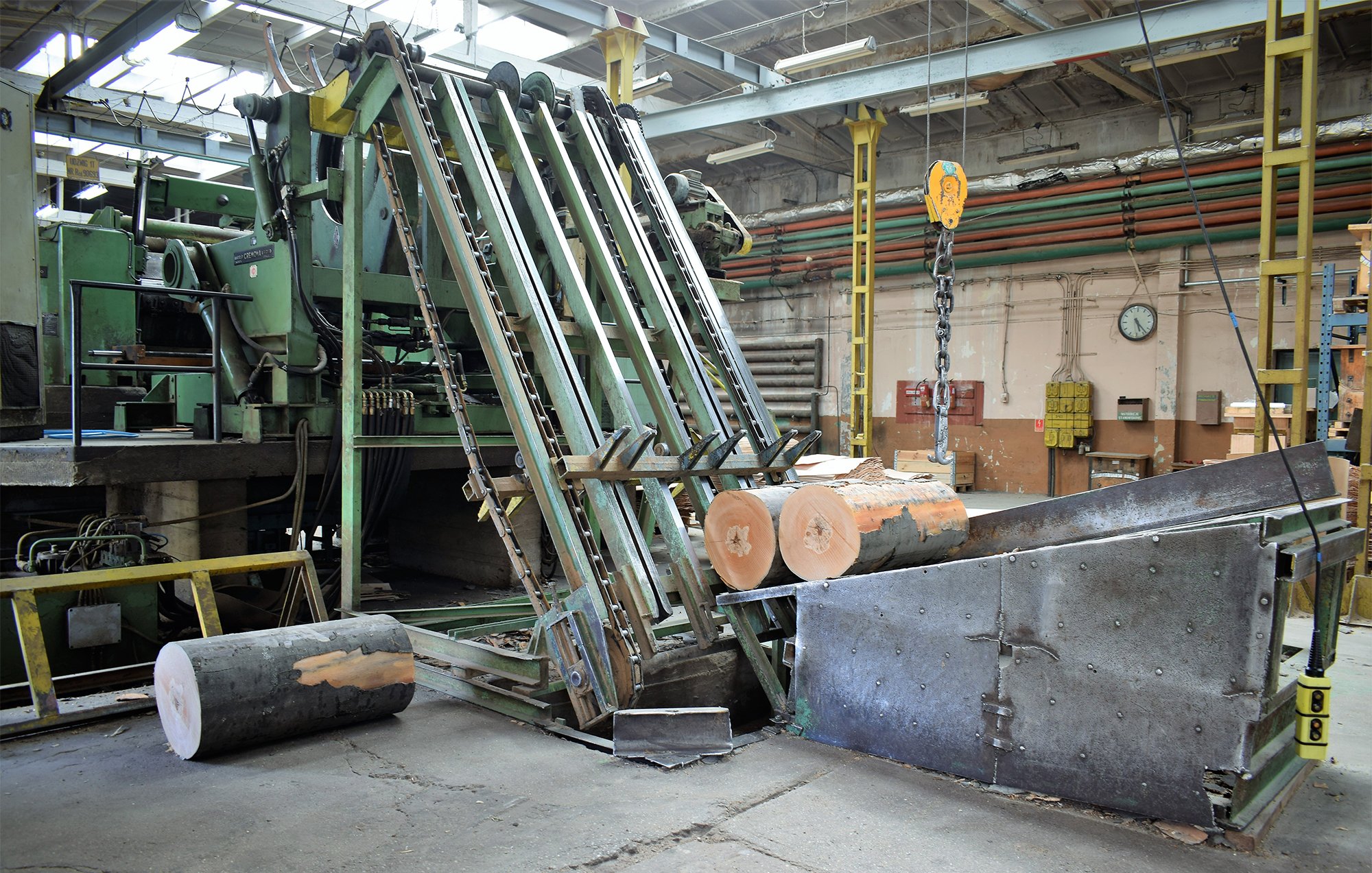
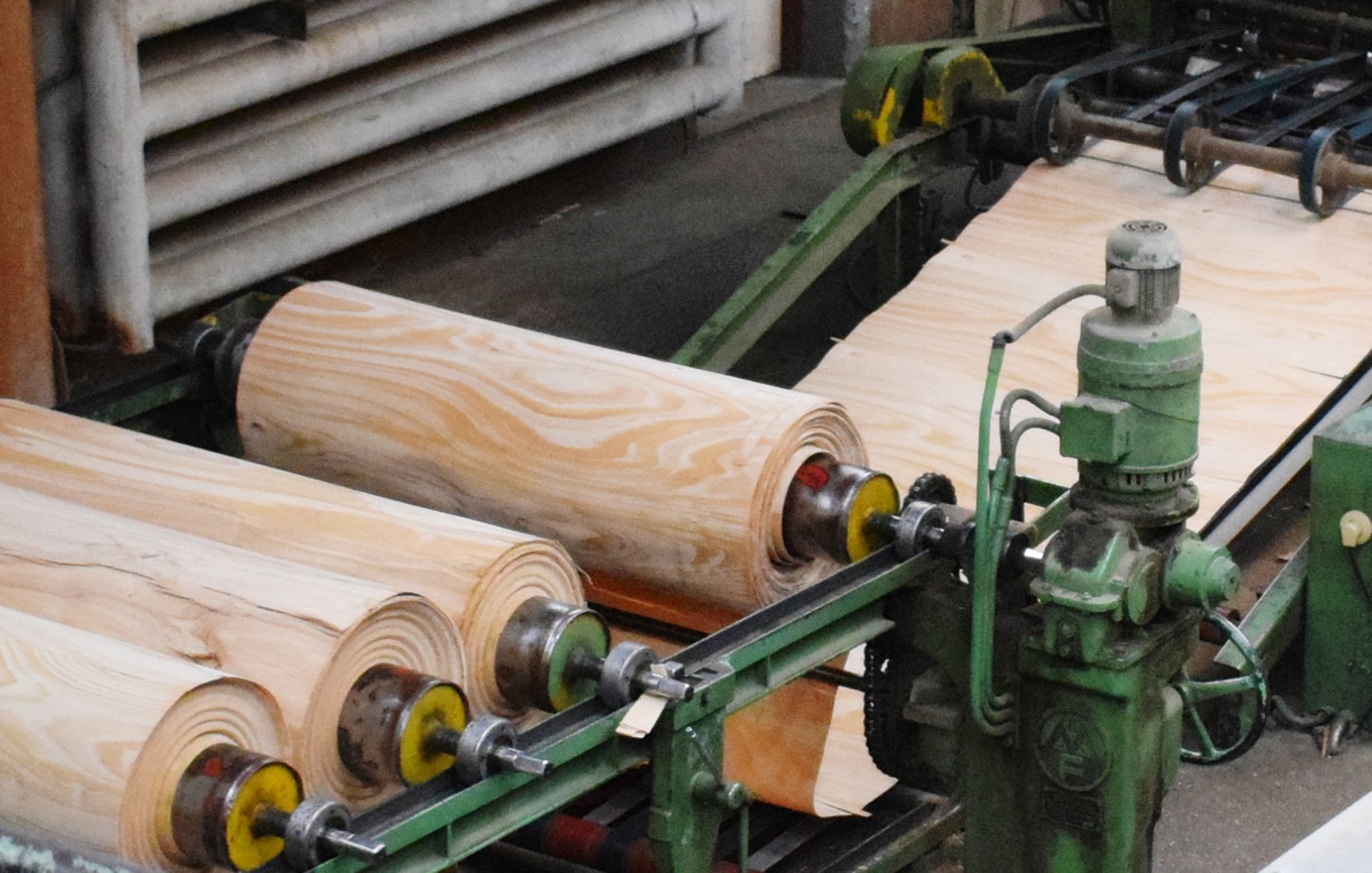
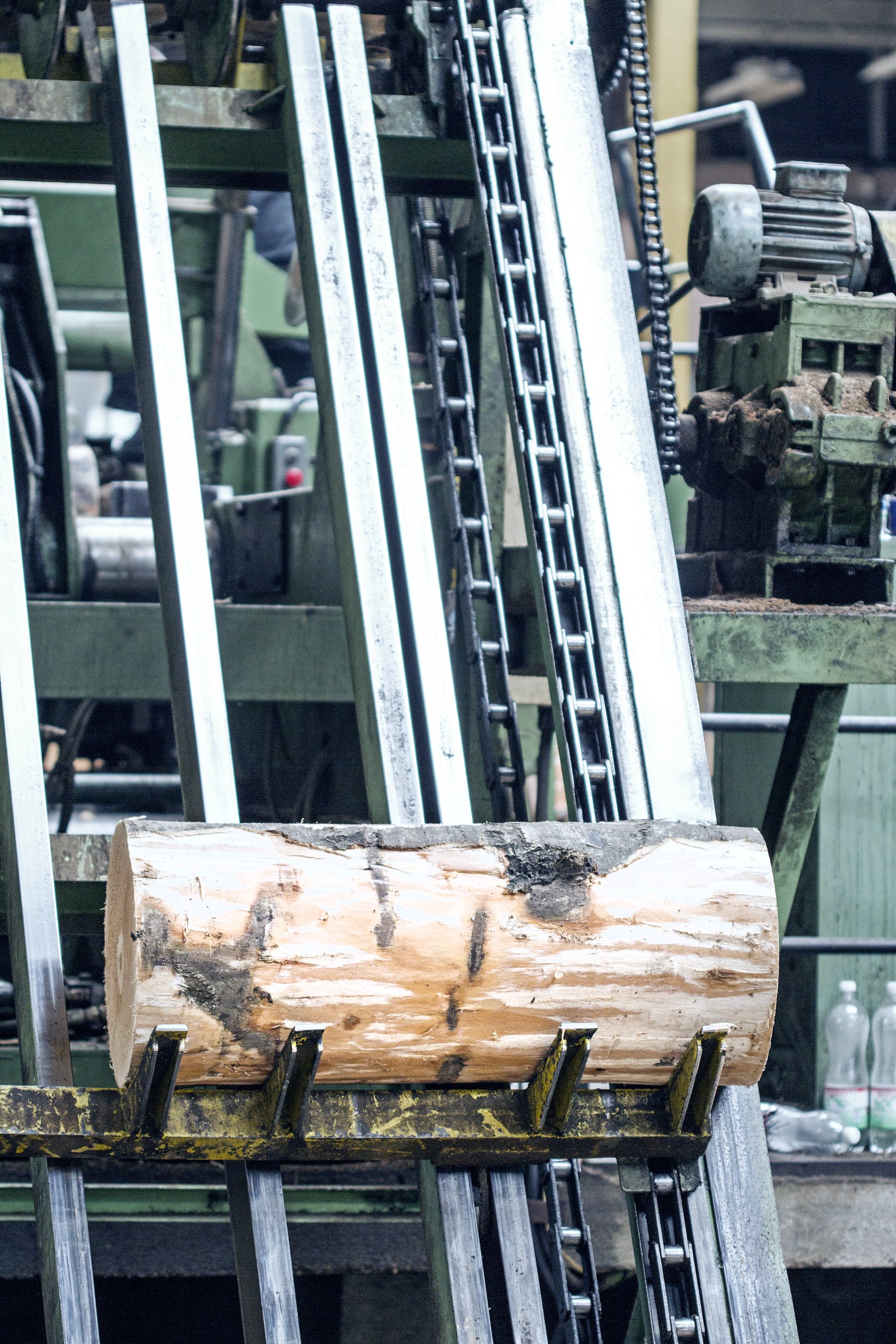
Drying
Drying is the movement of moisture contained in the wood from its internal layers to the outside. The process lasts until obtaining the humidity level of 8-10%. At our production plant, this operation is carefully monitored and carried out in two ways:
In a natural way – stacked wood is dried in the open-air for over a year
Artificial method – wood is dried in special pressure-vacuum chambers from one week to one month.



Steaming
Beech wood is steamed in special evaporators under increased pressure, at a temperature of over 100° C, which makes it plastic and later can be bent into an unusual shape. The steaming process depends on the diameter of the wood and often lasts over 1 hour.
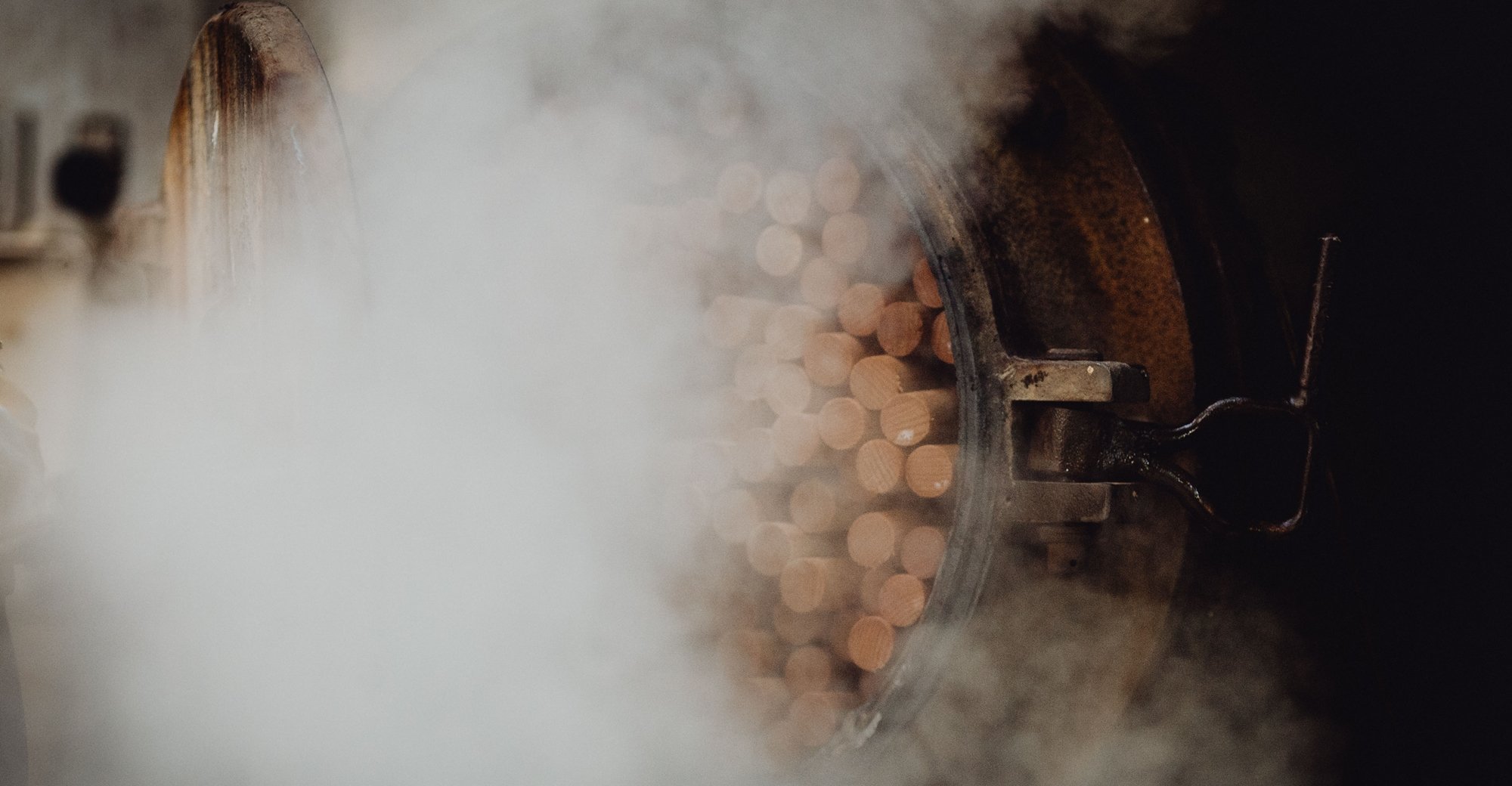

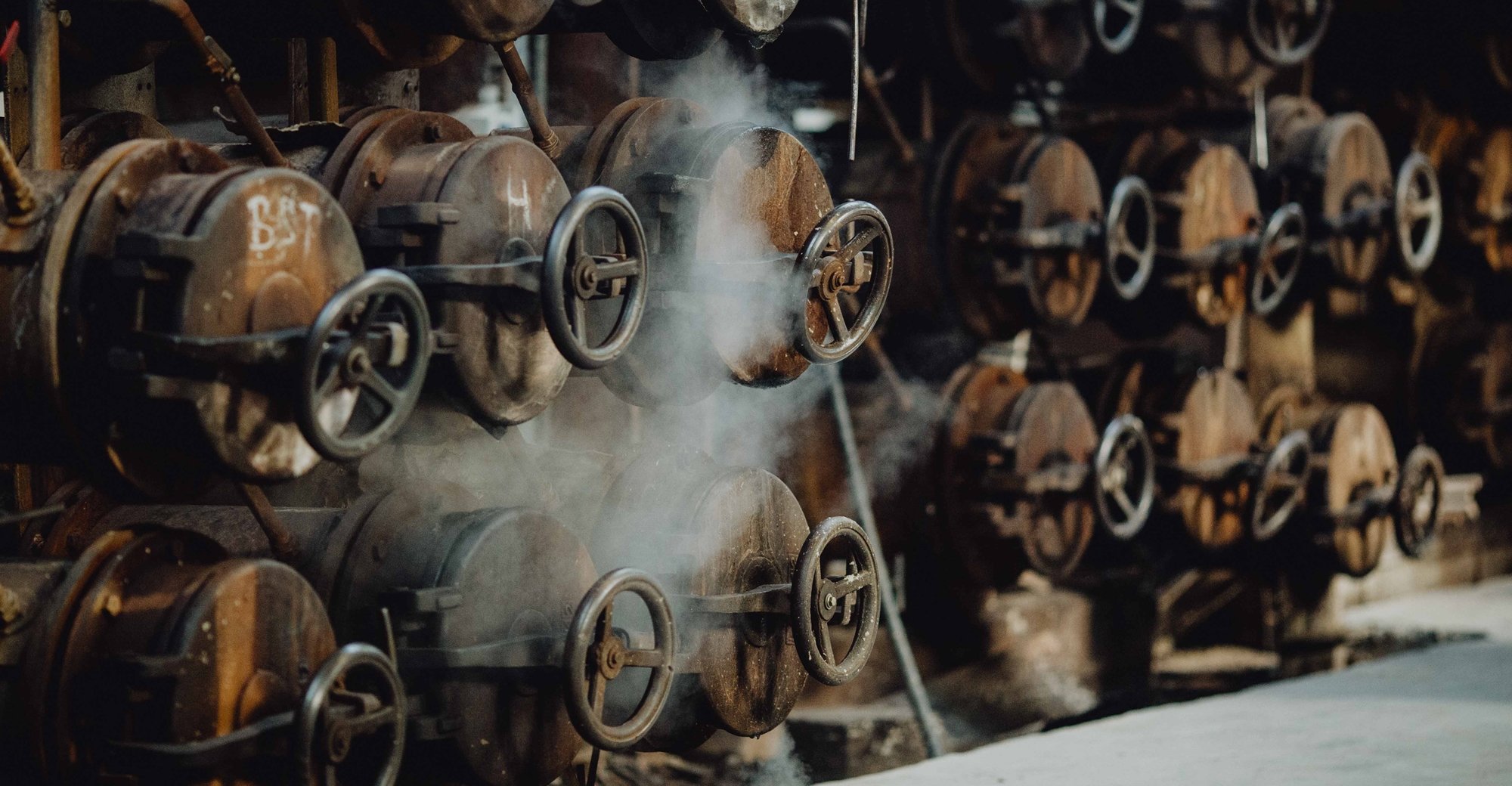


Bending
The bending process is based on manual bending of elements and it requires significant skills, knowledge and strength. In our company the knowledge of bending is passed down from generation to generation. It takes more than half a year for a new employee to learn proper wood bending. The bending process starts with the application of a steel strip on the plasticized element of wood and then an experienced worker wraps it into an aluminium form and fixes it with special wedges and screws. The bent elements, along with the moulds, undergo a drying process during which their shape is fixed.

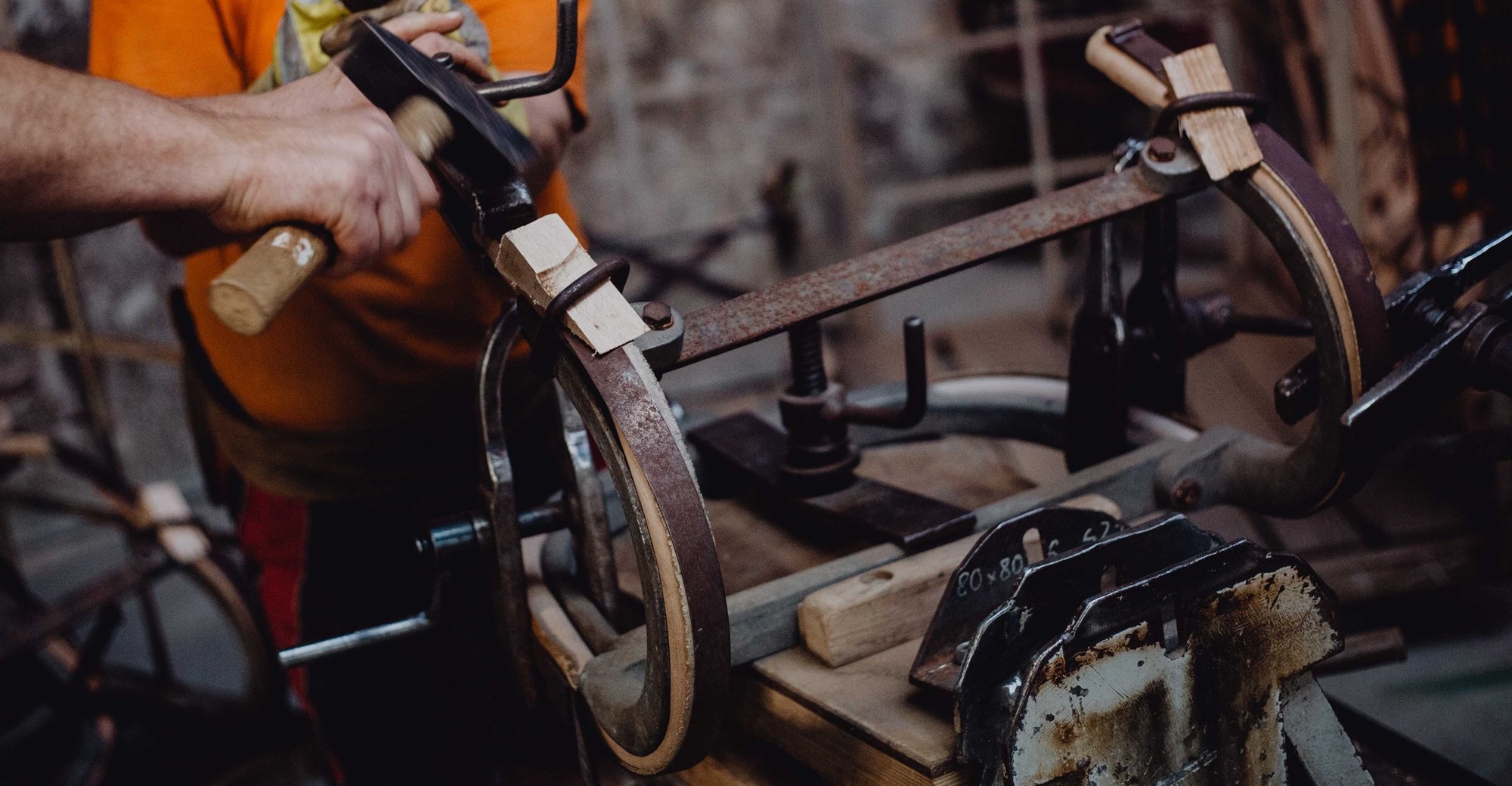
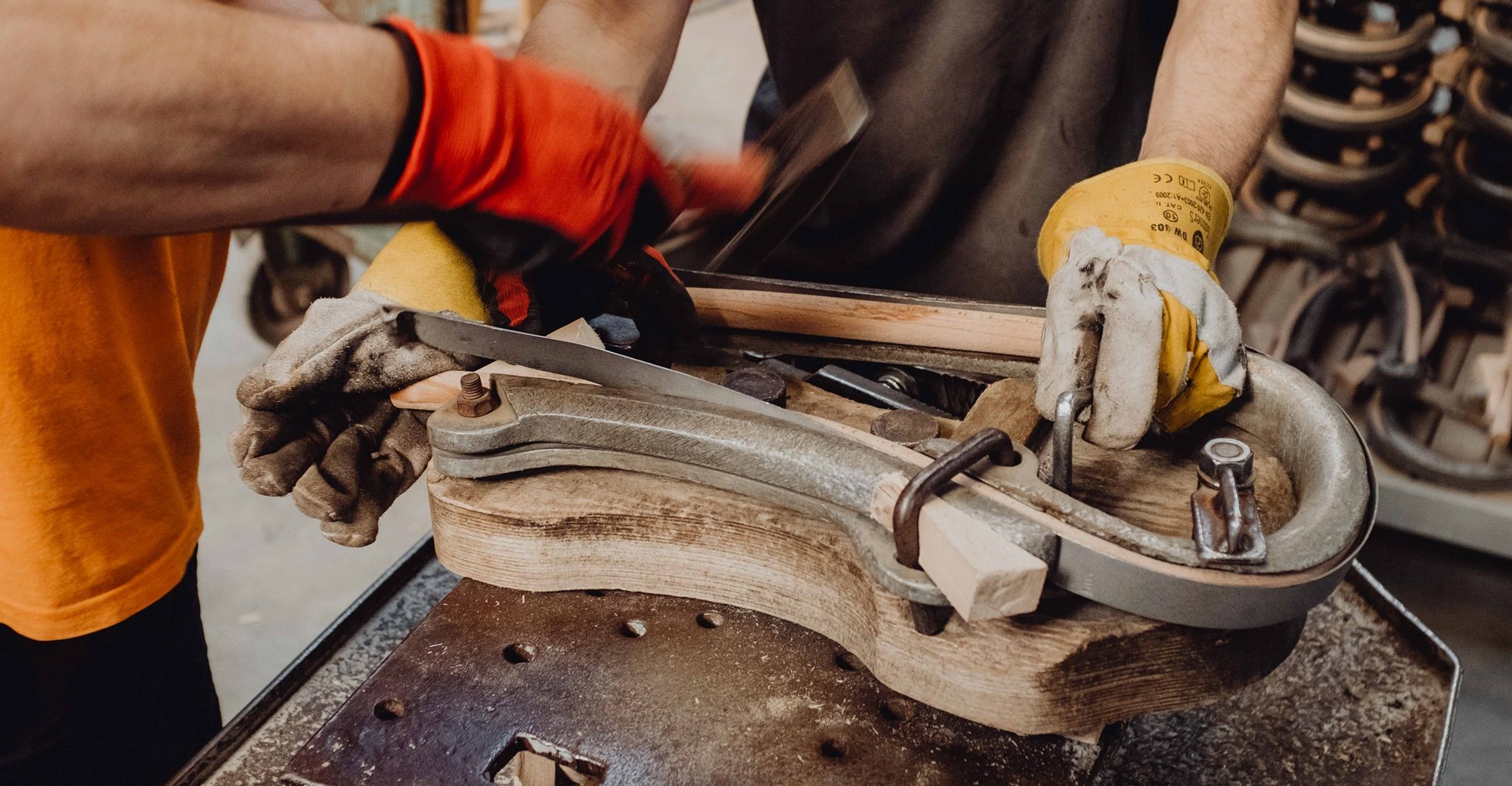

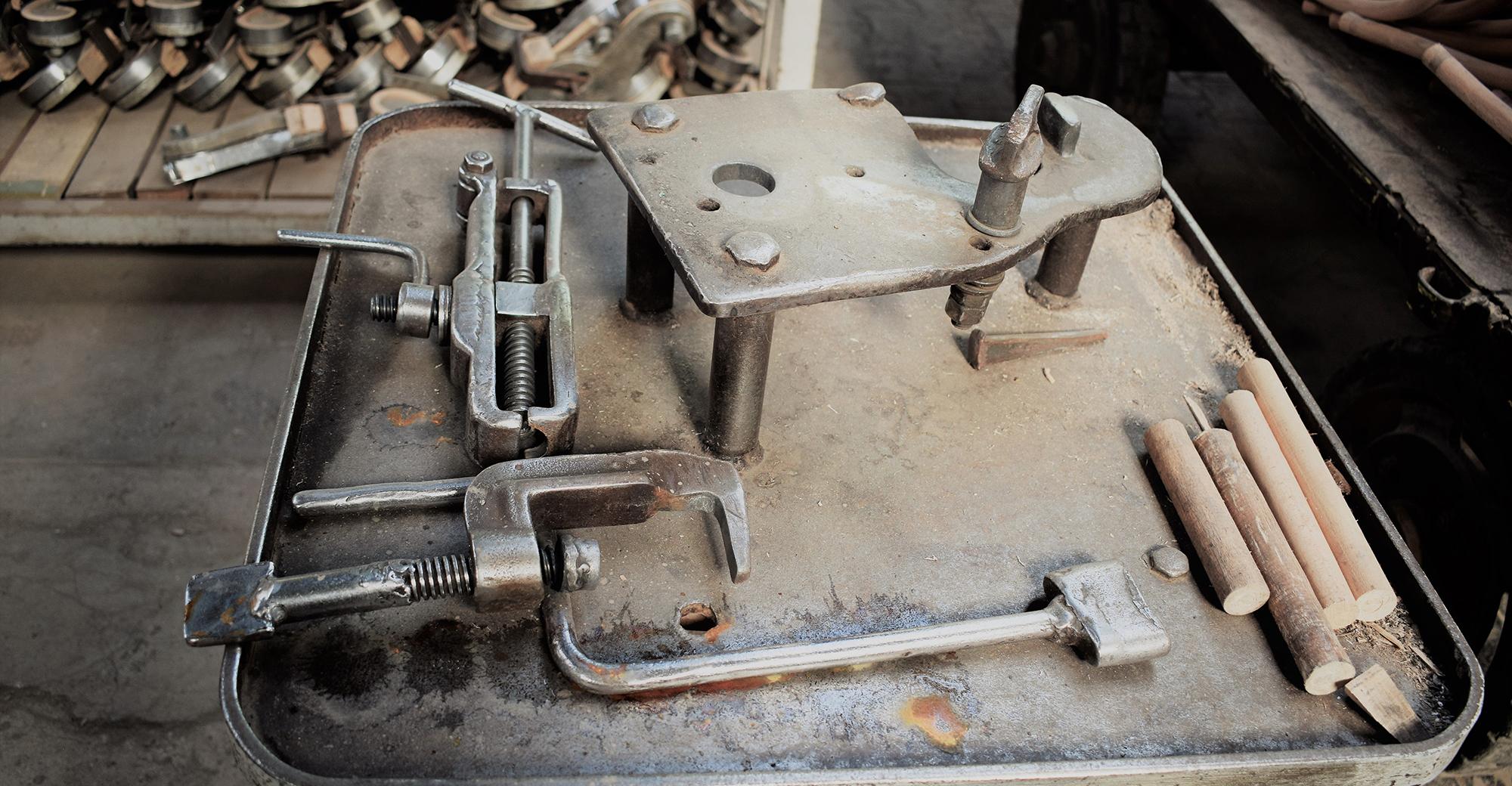

Treatment
At this part of the process the wood is: cut, planned, turned, milled, drilled depending on the assumed shape and then it undergoes a thorough grinding treatment.
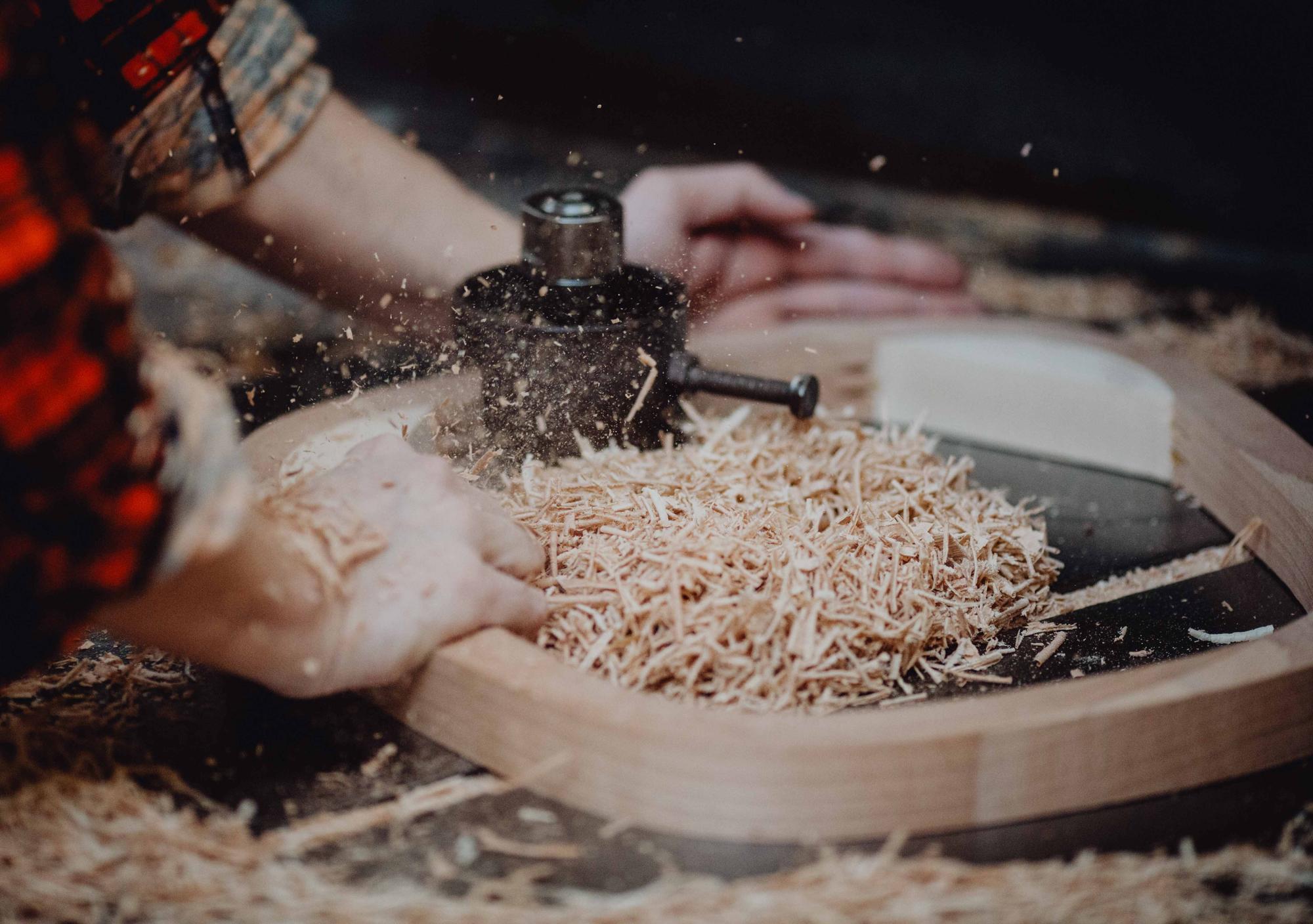
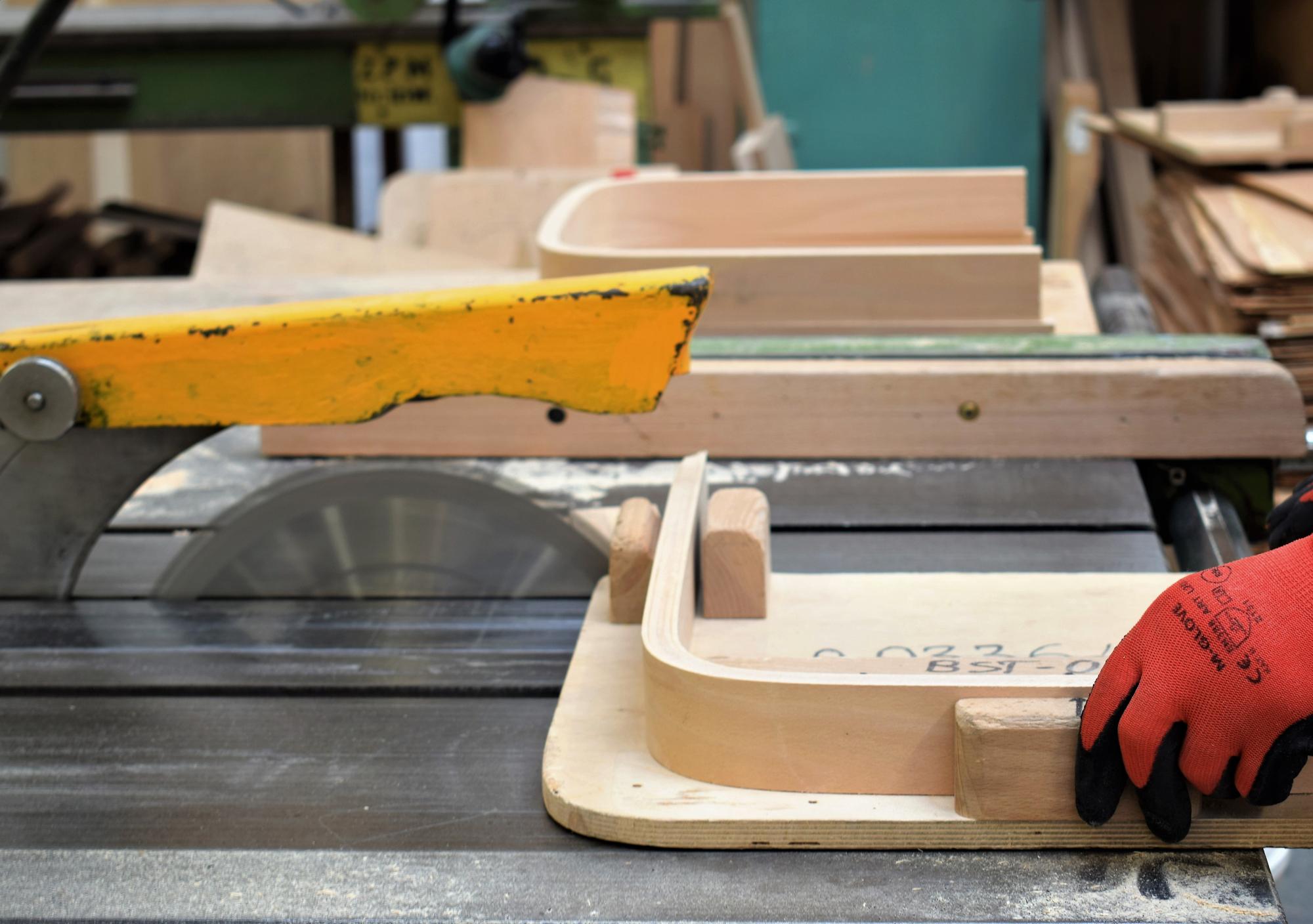
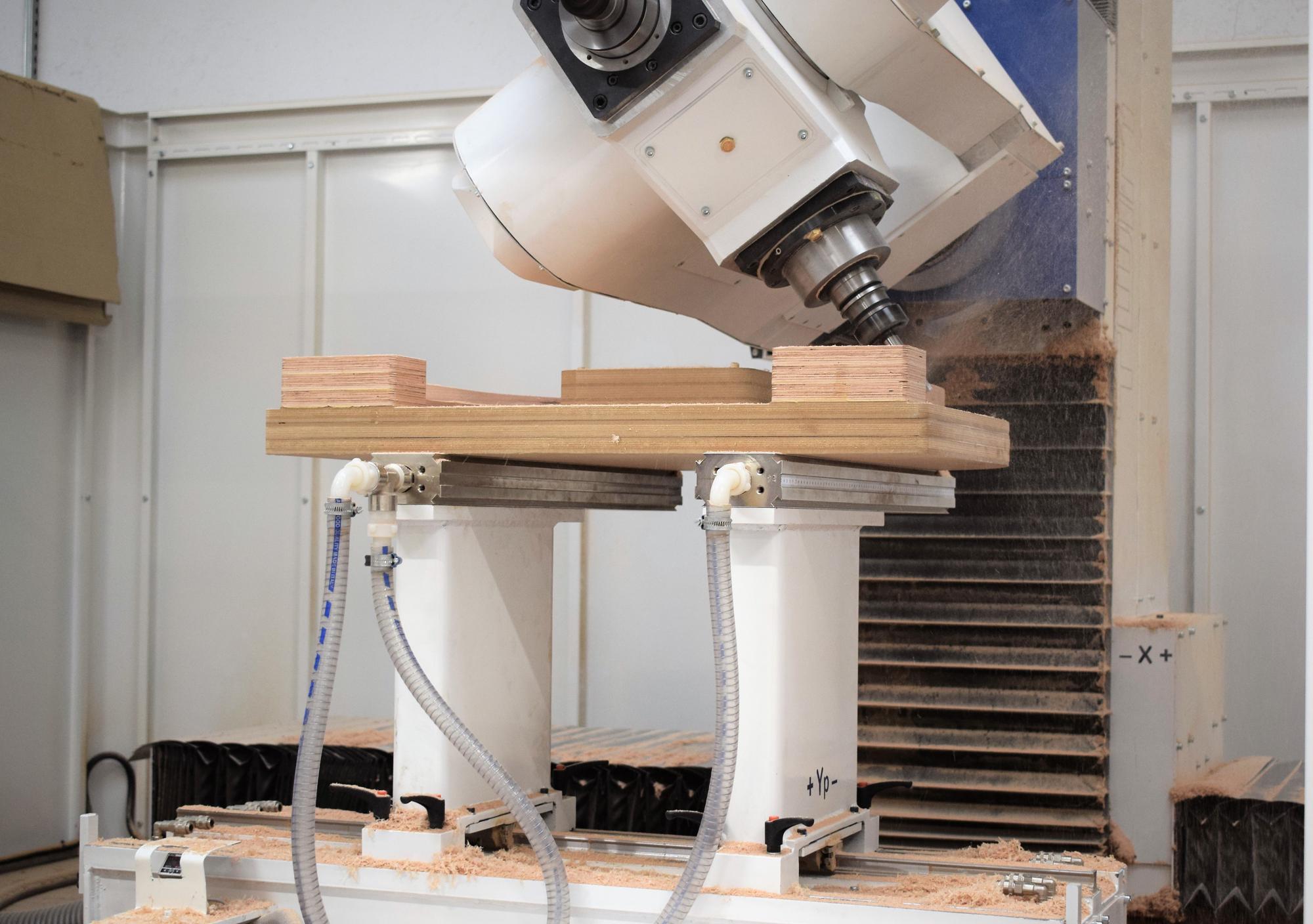
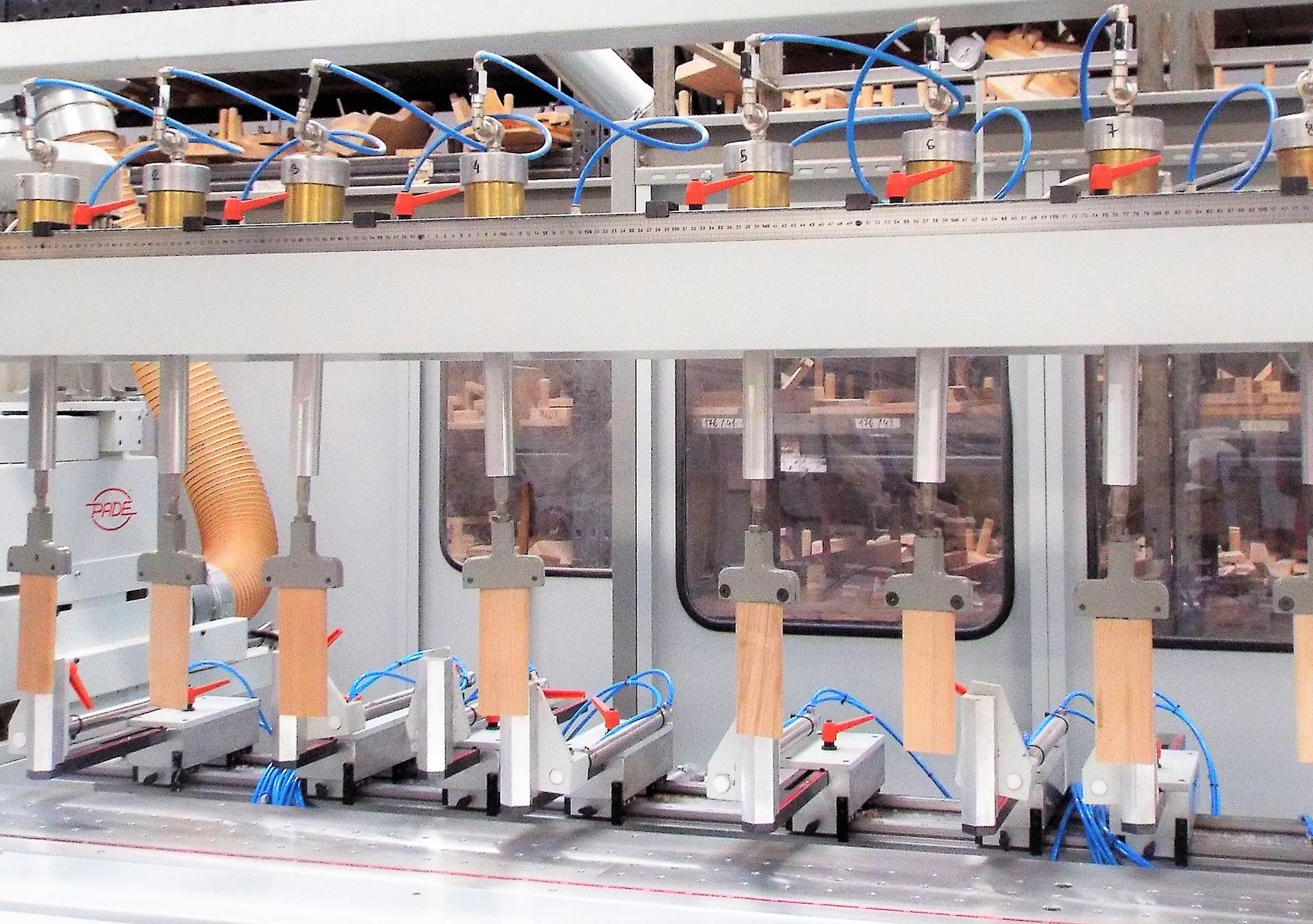

Weaving
Classic, bent models of furniture also have weaving options. The weaving can be on both the seat and the backrest. This handmade, intricate work requires a lot of experience and skills from an employee. Rattan reed is the raw material used for weaving. In order to weave a rocking chair (Bj-9816) with a cane, the weaver needs about 10 hours of precise, persistent work. The furniture finished with this technique is extremely light and comfortable.

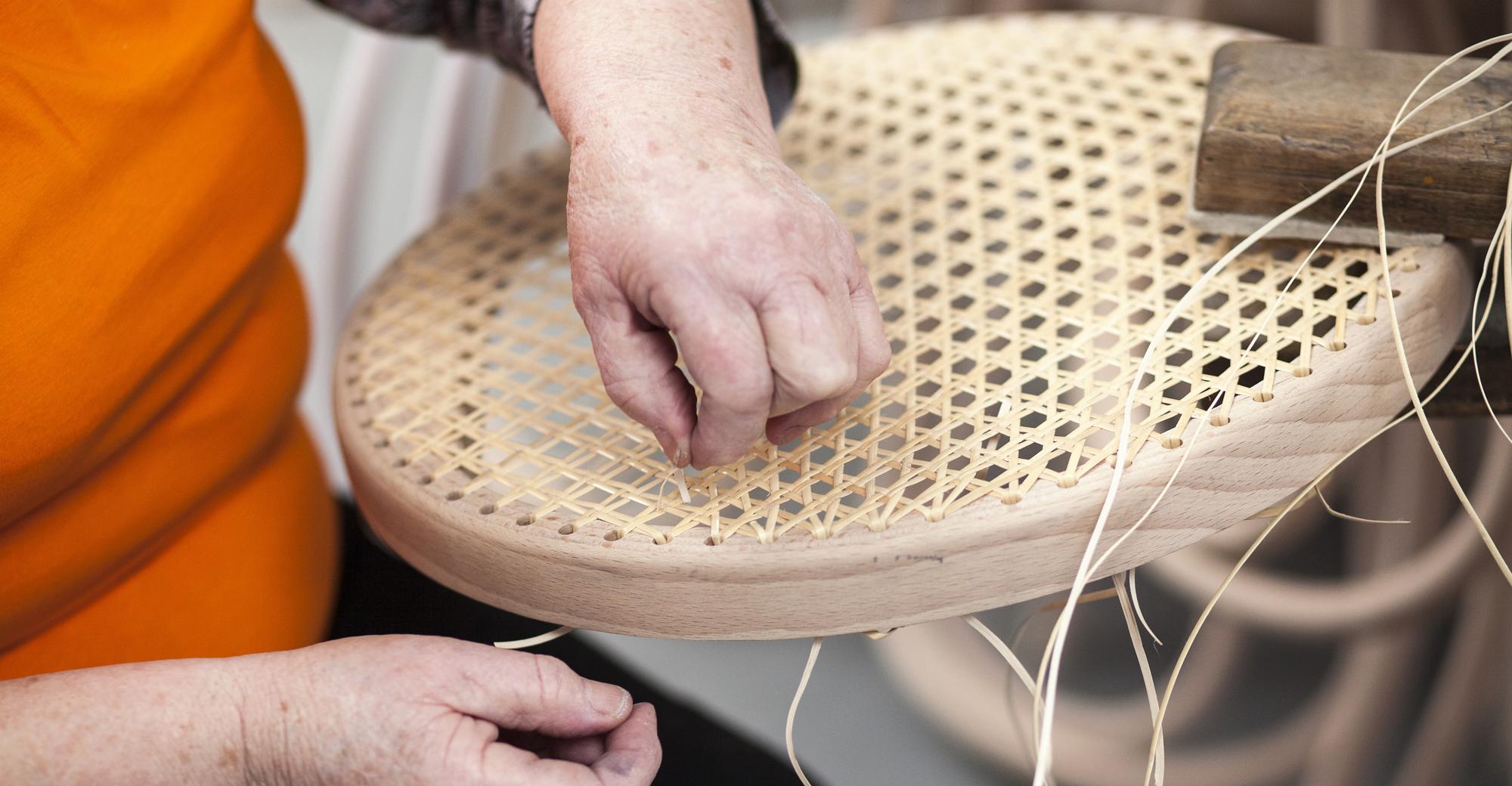
Assembly
Polished elements go to a special assembly stands, each for a specific chair. All elements are put together and joined with glue and special screws. We are producers of famous bent chairs, among others the A-14 chair (called chair-bistro), which consists only of 6 elements.



Staining
The assembled chair is dipped in tubes with stain. Then the stained piece of furniture is placed on the dryers, which allow to remove excess colour and dry the chair before the next technological stage. This method allows the stain to penetrate the wood and this ensures that when using our chairs, the colour will always remain on the product. We have recently introduced the “aged oil” stain which is a very fashionable and effective colouring. Thanks to the use of this technique, we get an interesting effect of a stylish, old furniture.
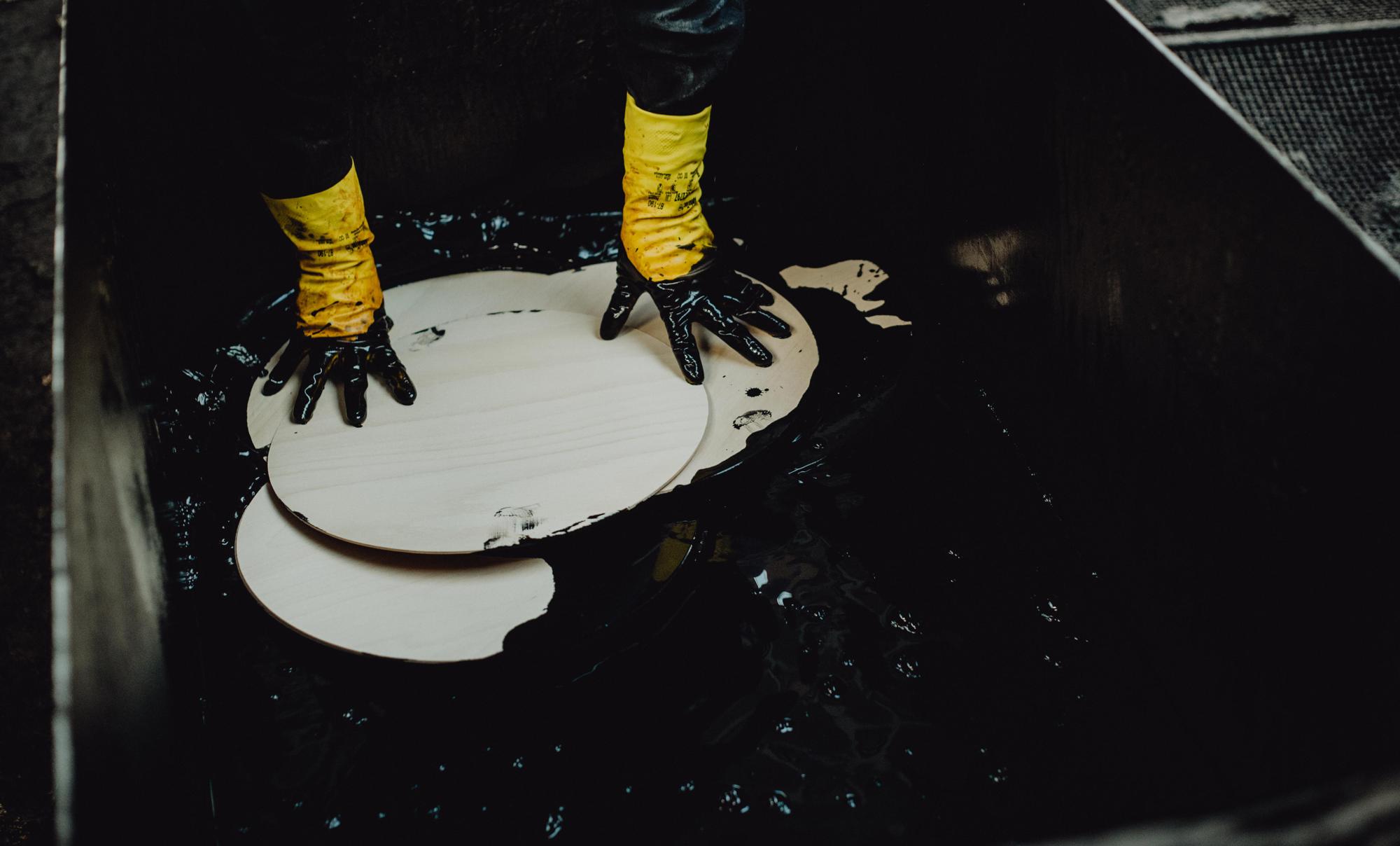



Lacquering
Lacquering the wood is a process of covering its surface with special lacquers. The lacquer penetrates deep into the wood structure, which protects the furniture against mechanical damage, moisture, fungi and improves the visual product (emphasizes the natural drawing, colour). This process is carried out manually or by means of painting robots and involves the application of 2 layers of lacquer.


Upholstery
Some of the produced chairs are upholstered; this option is offered in a wide range of colours of fabrics and natural leathers. The upholstery is sewn in the sewing room and then mounted on the upholstery using pneumatic guns. Additional options that embellish the furniture are tacks and trimmings. At the client’s request, we also make custom upholstery on various components and in multiple colours.



